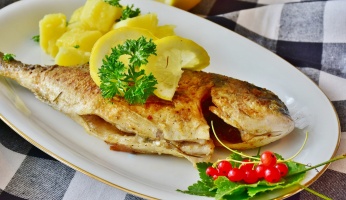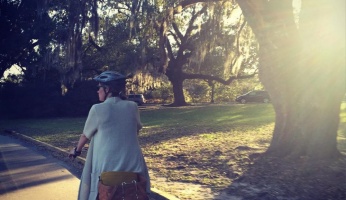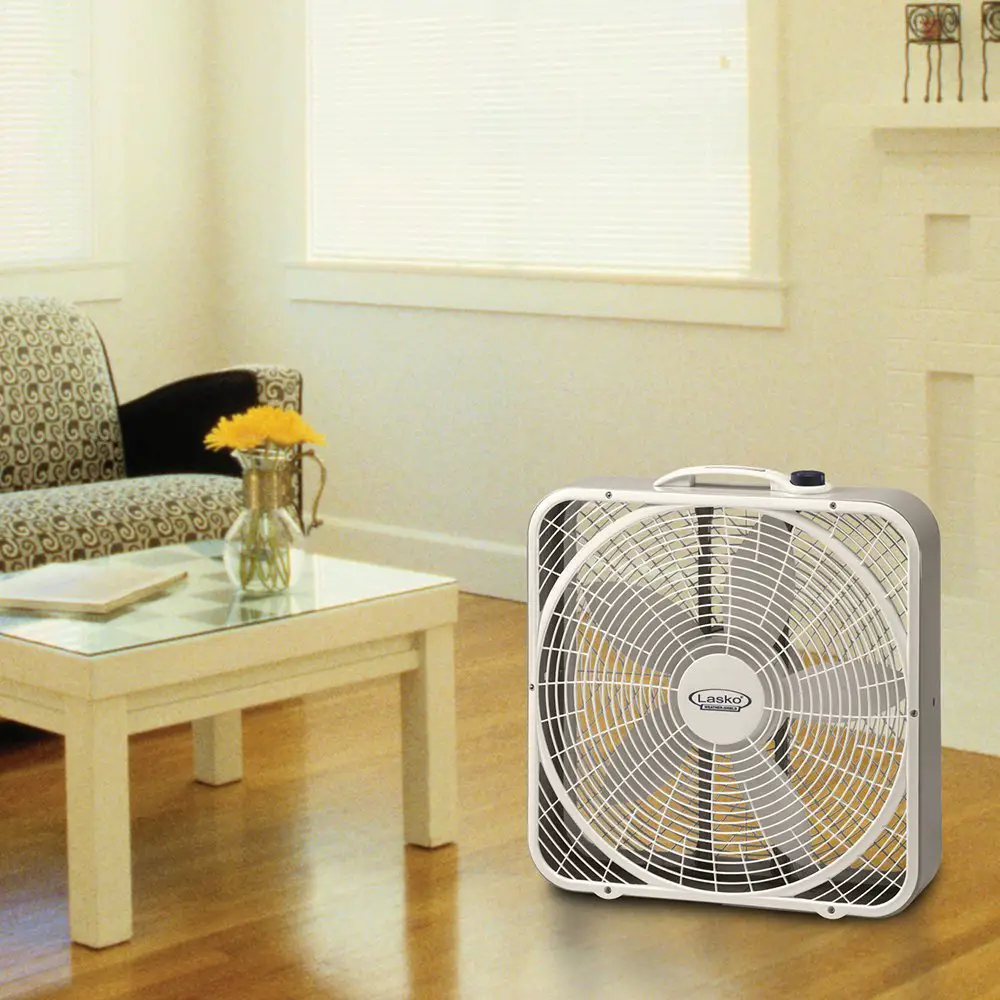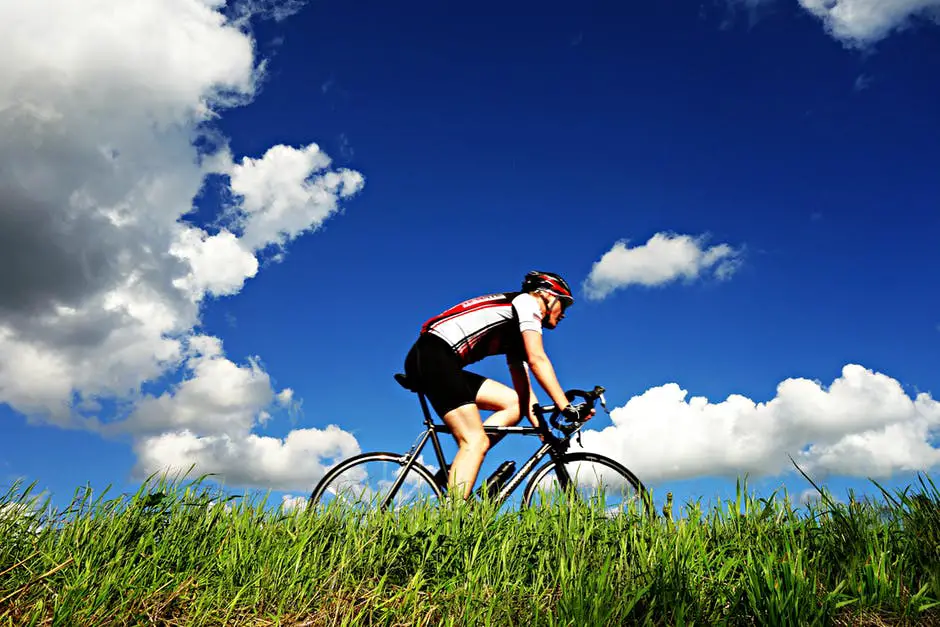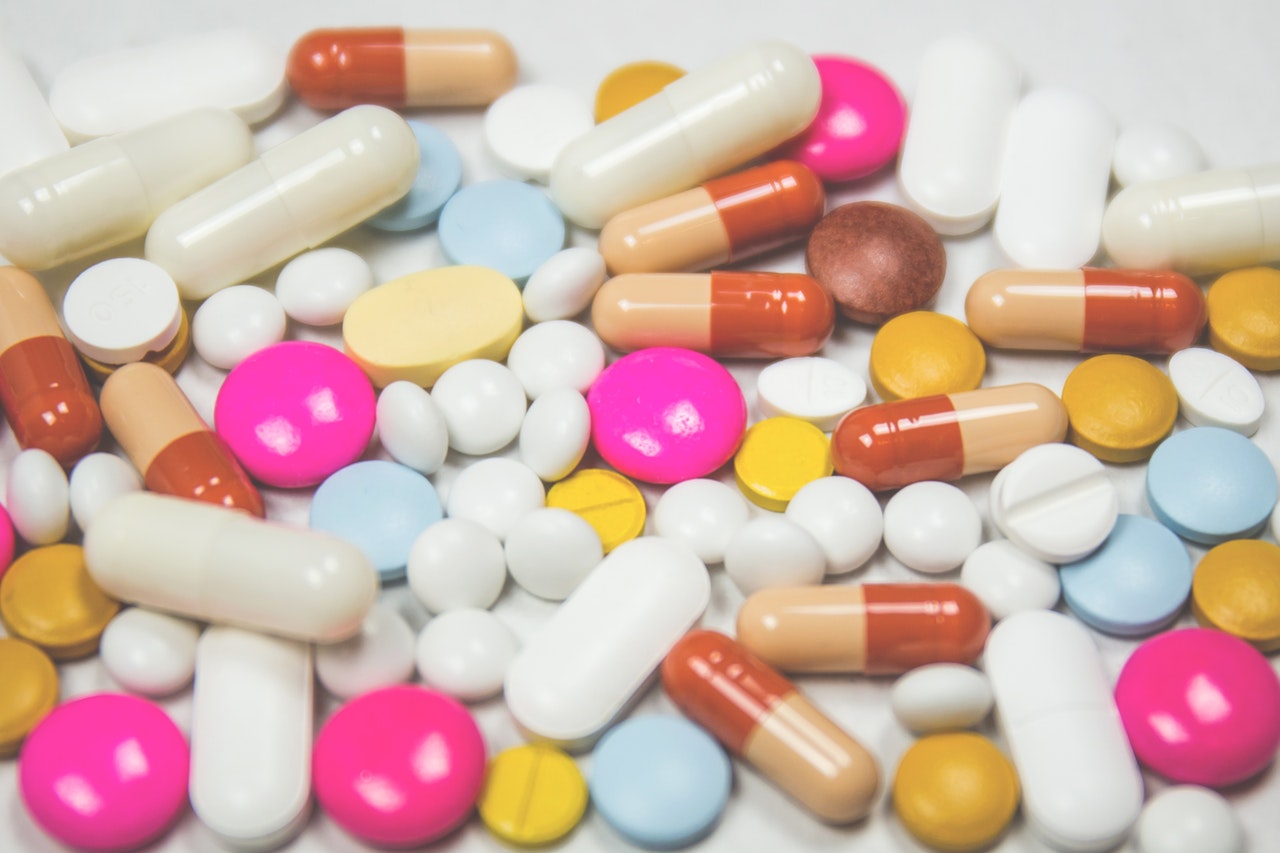Foot Blister Prevention & Treatment: The Complete Guide
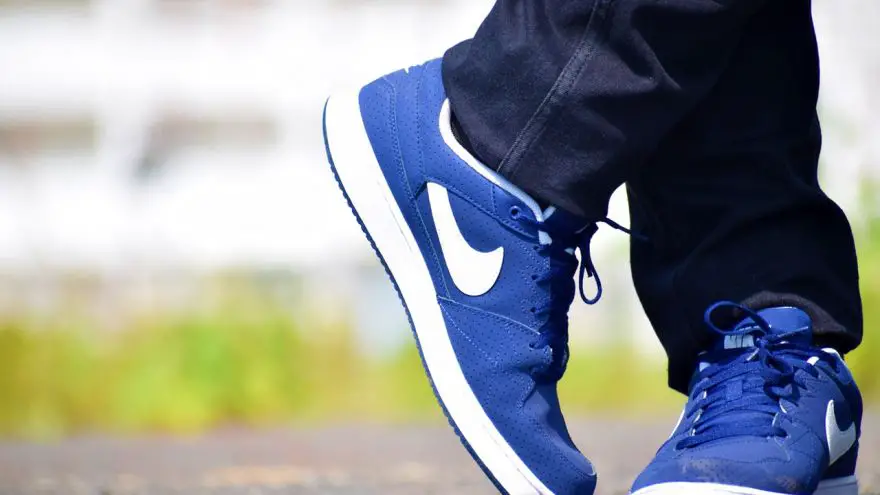 Foot Blister Prevention & Treatment: The Complete Guide
thegearhunt.com
Foot Blister Prevention & Treatment: The Complete Guide
thegearhunt.com
Blisters can be a complaint that is common from runners, walkers, and hikers. If you have just begun any of these activities, changed to new shoes, or even just started doing workouts that are longer than usual, you might get blisters on your toes and feet.
Are they inevitable? Is it possible to make it through a multi-day hike, a marathon, or even a half marathon without getting these painful blisters? Yes, it is possible. There are many ways to make your feet tougher and to prevent many blisters. Let’s take a look at some of the most common ways to prevent blisters both during and before your exercise.
Get the Right Shoes
The source of blisters is shoes most of the time. You might get a blister 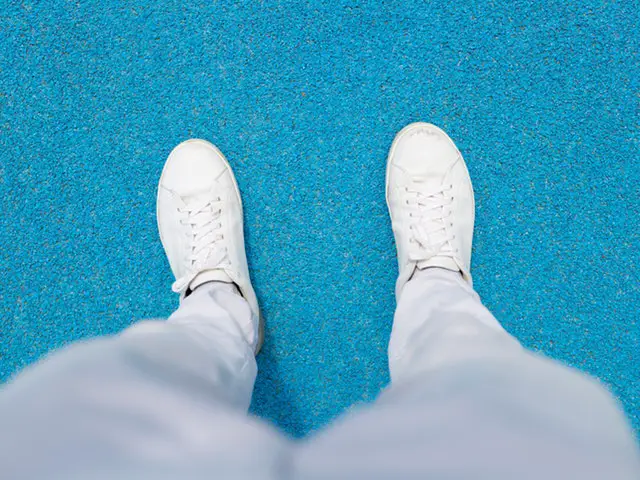 because of friction where the sole of the foot, your heels, or your toes rub up against your shoe. Everyone’s feet are different sizes and shapes and there isn’t a single shoe that will fit everyone perfectly. Getting a shoe that is the right size and has the right shape can assist in the prevention of blisters.
because of friction where the sole of the foot, your heels, or your toes rub up against your shoe. Everyone’s feet are different sizes and shapes and there isn’t a single shoe that will fit everyone perfectly. Getting a shoe that is the right size and has the right shape can assist in the prevention of blisters.
Cause of blisters: New shoes. When you take brand new shoes out on a long hike, you might get blisters as the shoe rubs against areas that are different from where your old shoes rubbed. Any shoe has the ability to give you a blister the first few times you wear it and until your feet get used to them.
- Solution. Take it easy with the new shoes and only go out on short walks at first, even if they happen to be the very same model and brand as your last ones. Build up your speed and mileage with any new pair of shoes.
Cause: Cramped shoes. When the toe box of your shoes is cramped, your toes can rub against the end or the sides of the shoes. This might even lead to your toenails being blackened or even losing your toenails after a very long walk or run.
- Any shoes that you are going to run or walk in need to have at least a finger’s width of space between the end of the shoes and your toes. This will allow for the expansion of your feet while you are walking. You also need to ensure that you get shoes that are the right width for your feet so that they will have enough space.
Cause: Shoes that are too big. If your shoes fit sloppily and your feet have a tendency to slide back and forth in them every time you take a step, you will be adding more of the friction that can cause blisters. You might also get a toenail that is black.
- Your feet should have enough space in the shoes to expand while you are walking, however, there shouldn’t be enough space for them to slide around. You need to learn how to lace the shoes properly so as to keep your heel where it belongs with every step as opposed to it sliding up. If you do that and your feet are still sliding around, you need to get a pair of shoes that fit your feet properly.
Cause: Rough edges inside the shoes. The edge of the insole and seams can rub up against your toes and foot.
- You might consider changing the insoles or the style of shoes. They make some shoes without any seams inside them. Typically, though, the most popular solution to this is to cover or lubricate whatever area is being rubbed.
You can Prevent the Blisters by Toughening up Your Feet
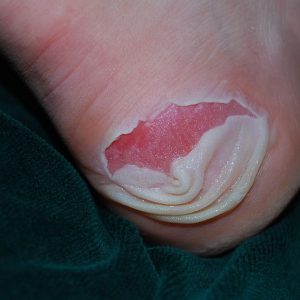 They don’t call newbies tenderfoot for no reason. Your pink, soft feet will always have fewer issues with blisters when you make the skin a bit tougher.
They don’t call newbies tenderfoot for no reason. Your pink, soft feet will always have fewer issues with blisters when you make the skin a bit tougher.
Calluses can be your friends. When your feet are worked more, they can build up calluses. This is a good thing. These calluses will actually serve as a natural padding against that awful friction that can cause blisters. Don’t give into beauty trends though and pumice down or shave off those calluses – at least don’t do it until you have finished with the walking or running.
Tannic acid can also toughen. Long distance walkers and people who run marathons might need to toughen up their feet by using 10% tannic acid or even a tea soak. Just soak your feet in strong tea or apply the tannic acid 2 times a day for a couple of weeks.
Moisturize those cracks in your heels. You need to keep those calluses from getting too dried out because they can develop cracks that can be painful. To do this, simply moisturize your feet following each shower or bath using a good hand or foot cream.
Prevent any Blisters When You Wear the Right Socks
Don’t use socks that are made from cotton. Instead, use synthetic ones. At least, that is what experts recommend when it comes to the prevention of blisters. See, cotton can retain the sweat from your feet. That then softens your skin, and this makes it more prone to that friction that causes blisters.
Wick it away. Socks made from synthetic materials such as CoolMax, polypropylene, or acrylic fabric will wick all of the moisture away from the foot and this assists in keeping it dry. You can find socks like this at nearly any sporting goods store.
Double layers. They do make double layered socks that might help you when it comes to preventing blisters. Typically, the inner layer will be a fabric that is moisture wicking. Having the 2 layers works to prevent any friction too. Sometimes you can even find double layer socks that come with a guarantee against blisters. You might also just wear 2 separate pairs of socks.
Thin socks vs. padded socks. As far as blisters go, try to experiment with how thick your socks are. If the socks are thick to the point of not leaving your toes any space, you will either need larger shoes or socks that are not as thick. When you are shopping for new shoes, bring a pair of socks that you will be wearing with them to make sure that you get the right fit.
Change your socks. Many people who run marathons recommend that you change the socks you are wearing whenever your feet get wet – either halfway through a marathon or when they get wet from rain or puddles.
Where is the rub? Check to see where the seams of your socks hit your toes. Is that an area where you tend to get blisters? Some of the socks designed for running have been specifically designed so as to keep those tight seams away from your feet. You know those tube socks? They are never recommended because your feet are not shaped like tubes and they never fit right.
View socks as an investment in your feet. Some athletic socks can be as much as $20 per pair, and this means that it can be difficult to stock up on them. However, a good pair of socks will last you for much longer than cheaper ones, and this means that you will be saving money when viewed as a long-term thing.
You can Prevent Blisters if You Lubricate Your Feet
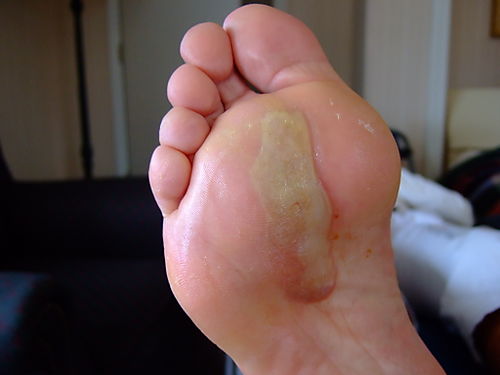 Friction can create heat as well as tearing forces, and this makes your skin prone to develop blisters. If you can reduce the amount of friction, you can also reduce the chances of getting blisters. One good way to do this is to lubricate your foot so that it will slide as opposed to rubbing.
Friction can create heat as well as tearing forces, and this makes your skin prone to develop blisters. If you can reduce the amount of friction, you can also reduce the chances of getting blisters. One good way to do this is to lubricate your foot so that it will slide as opposed to rubbing.
Petroleum jelly. Generic petroleum jelly or Vaseline is a lubricant that isn’t expensive. It has also been recommended for people who walk, hike or run marathons, and some races even offer it right on the course. The bad thing is that is doesn’t easily wash out of socks, and it can also make dirt cling to them.
AD ointment. This solution is even thicker than Vaseline, but you can find it where ever they sell baby diapers. This is another solution that isn’t expensive.
Sport Shield, Sports Slick, Run Goo, or Body Glide. You can find these products at sporting goods stores. They go on just like deodorant or come in a tube. The formulations vary and some of them are even petroleum free. They tend to be less likely to ruin socks like petroleum jelly does, but you will need to reapply during your run or walk. These are also good to prevent other body parts from chafing.
Teflon. Recently, some of the sock manufacturers have been using Teflon in their socks to prevent the friction.
How to Pop that Blister
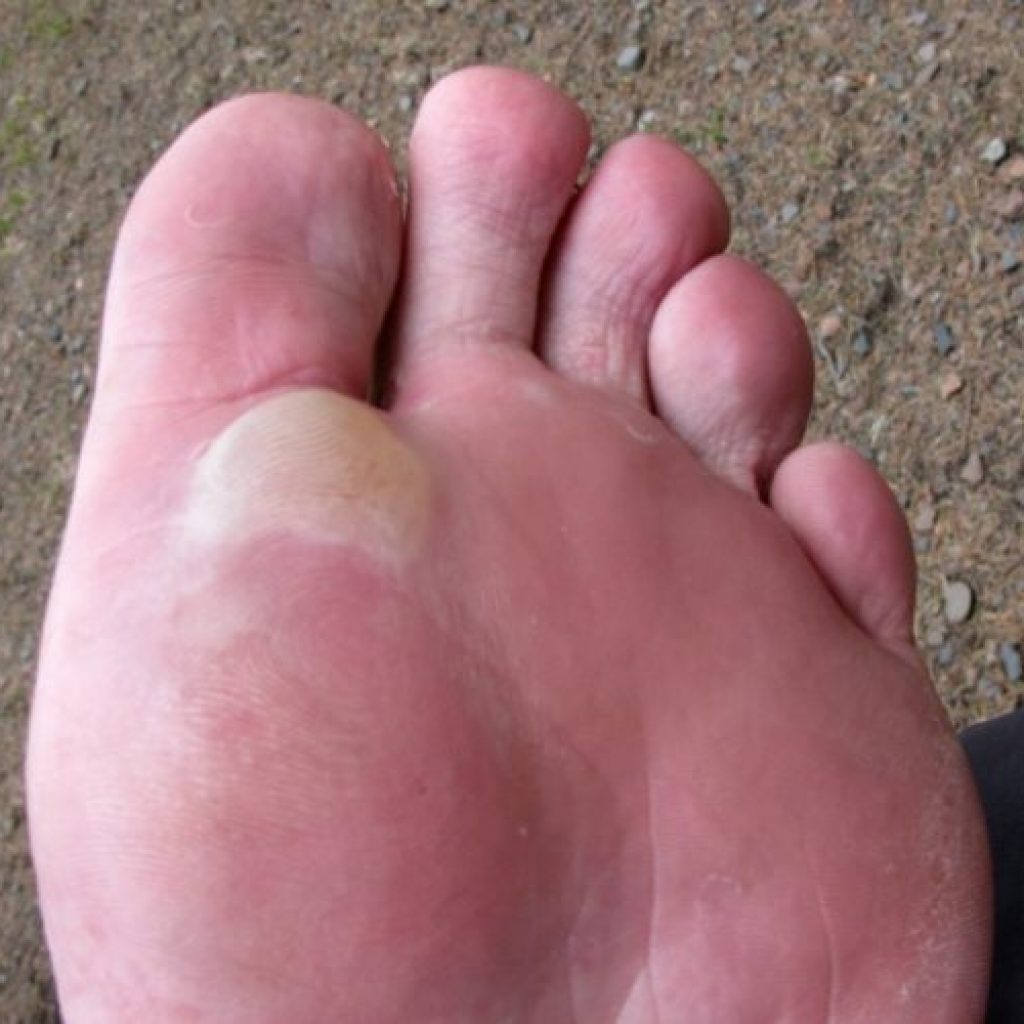 When you have blisters that don’t cause too much pain, or that don’t keep you from walking, you might not want to pop it and risk it becoming infected. Anyway, blisters tend to heal themselves when you leave them alone. You can cover smaller blisters with a Band-Aid and blisters that are larger can be covered with a gauze pad that is porous and plastic covered so that it can breathe.
When you have blisters that don’t cause too much pain, or that don’t keep you from walking, you might not want to pop it and risk it becoming infected. Anyway, blisters tend to heal themselves when you leave them alone. You can cover smaller blisters with a Band-Aid and blisters that are larger can be covered with a gauze pad that is porous and plastic covered so that it can breathe.
Most of the time, a blister will be pretty good when it comes to healing by itself. However, if it seems that popping the blister might be the right thing to do, you should always check it for any sign of infection before you touch it. If it seems to be secreting green or yellow pus, call your doctor right away. You should also call the doctor if it is inflamed and swollen, if you are diabetic, or if you have any other concerns about it being infected. However, if there aren’t any visible signs of infection, you might be able to handle popping it by yourself. Here is how:
- Always be sure to wash your hands first. Don’t skimp on the soap and water either.
- Clean the area. Do this by using a clean ear swab, soap, and water, iodine, or rubbing alcohol.
- Get a needle and sterilize it well. The needle doesn’t need to be anything fancy, just a small pin or needle that is sharp should do the job. Sterilize it by cleaning it with a clean pad or swab and rubbing alcohol.
- Take a good, deep breath and try to keep yourself from freaking out about jabbing your foot with a needle. It isn’t so bad.
- Poke the side of the blister in several spots with the sterilized pin or needle. Aim for areas that are close to the edge of the blister. Soak up the fluid that will drain from it with a clean piece of gauze or cotton. Don’t freak out. There is fluid in the blister and that fluid needs to come out.
- Use some antibiotic ointment on it. Once you have done that, you can place a Band-Aid or some gauze over the entire area. You might think of it as a sort of construction site. You will want the entire area quarantined. Keep any gauze you use in place with a few strips of medical tape.
- Wait 2 or 3 days and then cut away any dead skin. Be sure to remove all of the dead skin, or as much as you can. Use tweezers or scissors that have been sterilized, along with rubbing alcohol in order to keep the area of the blister clean.
- Repeat steps 6 and 7 as many times as needed until the blister has healed.
Yes, there might be more than a single way for you to get a blister, but there are just as many methods of preventing and treating them. If you get one or more early in your running career, don’t get discouraged. Just find a method of prevention that you are comfortable with and hit the road again when the blister has healed, and you are no longer in any pain from it.
Sources
- YouTube, How to Prevent Blisters
- American Academy of Dermatology, How to Prevent and Treat Blisters
- WikiHow, How to Prevent Foot Blisters
- Active, Foot Care Tips to Prevent Blisters





